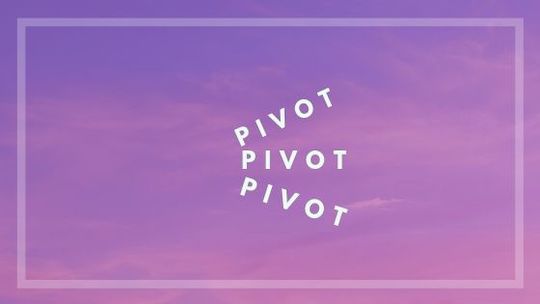“Is the work people pay for the work you want to do?”
—Bernadette Jiwa, global authority on business philosophy

Image of Bernadette Jiwa from thestoryoftelling.com
Today’s quote comes from a blog post Bernadette Jiwa wrote on August 21, titled “The Value Shift.” Check out her insightful work and website.
What is your answer to the question posed in today’s quote?
Are you a yes, a no, or a sometimes? What would it take to be a Hell Yes!?
Yes, we all have our responsibilities and commitments we sometimes feel we have to do, instead of want to do. But overall, to what degree is the work you actually do what you want to do?
EXERCISE:
What bold, courageous, and creative actions would it take to move the “no” or “sometimes” far closer to the “yes” you deeply desire?
Feel free to reply to this post with the actions you will take to have a far more rewarding life.











